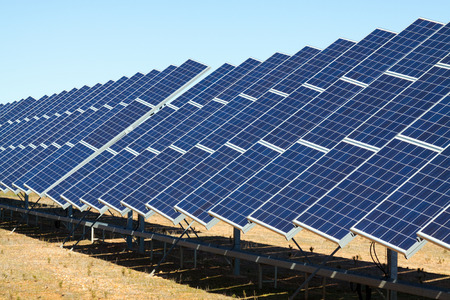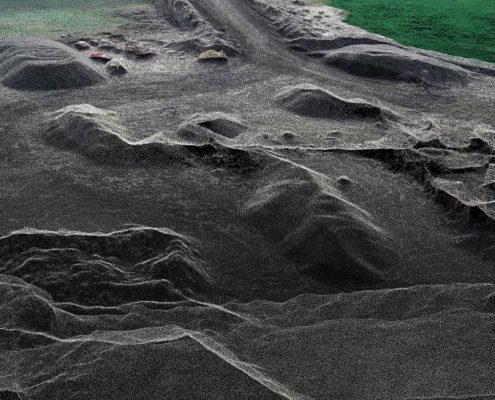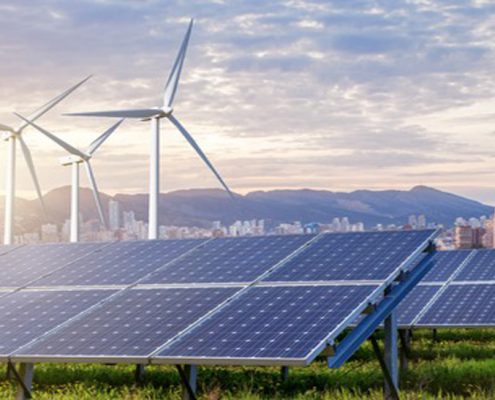How Solar Energy Projects Benefit From 3D Laser Scanning Technology
As more and more people continue to show an interest in renewable energy projects, solar has emerged as one option that provides many of the benefits people look for in such technology. However, in addition to being safe and clean, solar energy must also be affordable. This is why running the most efficient, cost-effective solar construction project possible is so important. In this post, we’ll examine how 3D laser scanning technology can play a key role in helping solar energy projects live up to their fullest potential.
What Is 3D Laser Scanning?
In 3D laser scanning, a surveyor uses a scanner to emit a series of lasers toward a building or area of terrain. Once the laser points bounce off the feature being scanned, the scanner tracks their flight paths as they return. Data about these flight paths is then consolidated into a point cloud, which can, in turn, be used to create an extremely detailed 3D model of the scan.
How Can 3D Laser Scanning Technology Benefit Solar Energy Projects?
While there are a variety of industries that could benefit from applying 3D laser scanning practices, there are also some benefits that make 3D laser scanning a good fit for solar projects specifically. A few examples of these benefits include:
- Supporting solar projects at scale by surveying large areas quickly
- Identifying proper positioning for solar installations
- Quick, detailed and accurate results
Surveying Large Areas Quickly
The larger a solar project is, the more effective and cost-efficient it has the potential to be. Larger solar energy projects can take advantage of a number of cost benefits, including economies of scale, repeatable processes, and consolidated permitting.
While the cost benefits of larger solar projects may be clear, the tradeoff is that they require larger areas to be surveyed, which in turn slows down the project and makes it more difficult to begin seeing a return. 3D laser scanning technology empowers solar companies to complete these large surveys in a reasonable amount of time.
Identifying Proper Positioning
Finding the ideal spot for a potential solar installation is another important factor in ensuring a successful deployment. For one, it’s important to select an area that isn’t overly shady, as this shade can interfere with the project’s ability to collect as much energy as possible. In addition, selecting an area when work can begin immediately, without the need to remove trees or brush, can help streamline the project process and accelerate profits.
Building a detailed 3D model based on data gathered from laser scanning can give you the insights you need to make informed decisions regarding the positioning of your solar project.
Quick, Detailed and Accurate Results
For many solar projects, the land surveying portion of the project is looked at as a necessary evil. The project leaders would prefer to finish it as quickly as possible so that they can move forward with actually making a return on their investment. However, it’s important that the results of the surveying also be very detailed and accurate, as failing to meet this standard could interfere with the project’s ability to be as successful as possible.
This is part of what makes 3D laser scanning so ideal for solar projects. Land surveyors can complete their work significantly quicker than they could using traditional surveying methods. At the same time, this speed does not prevent them from turning out high-quality results that can support more informed decision making.
Contact Landpoint to learn more about 3D laser scanning for solar energy projects.







